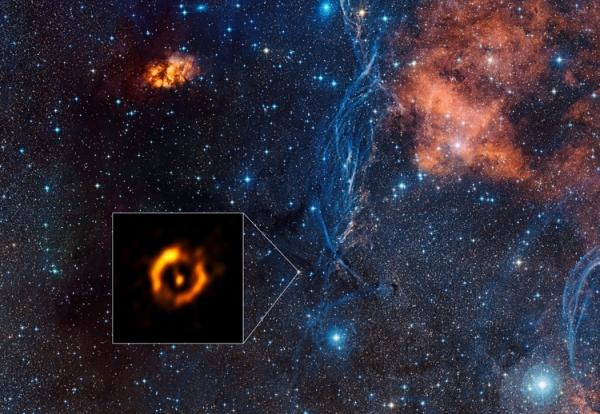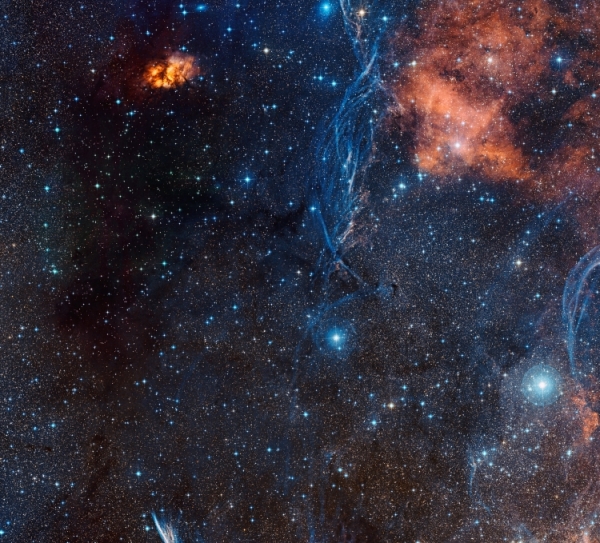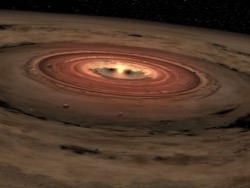
The European southern Observatory (ESO) has published the most detailed to date image of dust disk around star proanalizirovana.
The picture received Very Large Telescope Interferometer at the ESO Observatory in Chile Paranal. First appeared the opportunity to compare this disc with discs around young stars — and they were unexpectedly very similar.

When the stars are approaching the end of their life cycle, many of them formed stable gas-dust disks. Substance for them ejected from the stellar wind of the stars when they are at the stage of red giant. Around young stars have similar education, also known as protoplanetary disks, as it formed with the planet. However, until now astronomers could not compare these two types of disks directly.
The aim of the study was proanalizirovana double star IRAS 08544-4431, located approximately 4000 light years from Earth in the southern constellation of the Sails (Vela). This binary consists of a red giant, which has already released large quantities of matter in the surrounding disk of dust, and more young stars orbiting giant at a close distance.

Click to enlarge
For the first time scientists were able to identify all the structural features of the system IRAS 08544-4431. In particular, the images clearly showed the ring. In this position the inner edges of this dust ring, which was the first to accurately localize very well as expected: the closer to the star it starts with the evaporation of dust from radiation.
The researchers found that the disks around old stars is very similar to the protoplanetary disks in young stars. Now, you may be able to figure out whether as a result of these disks to form the second generation planets.






